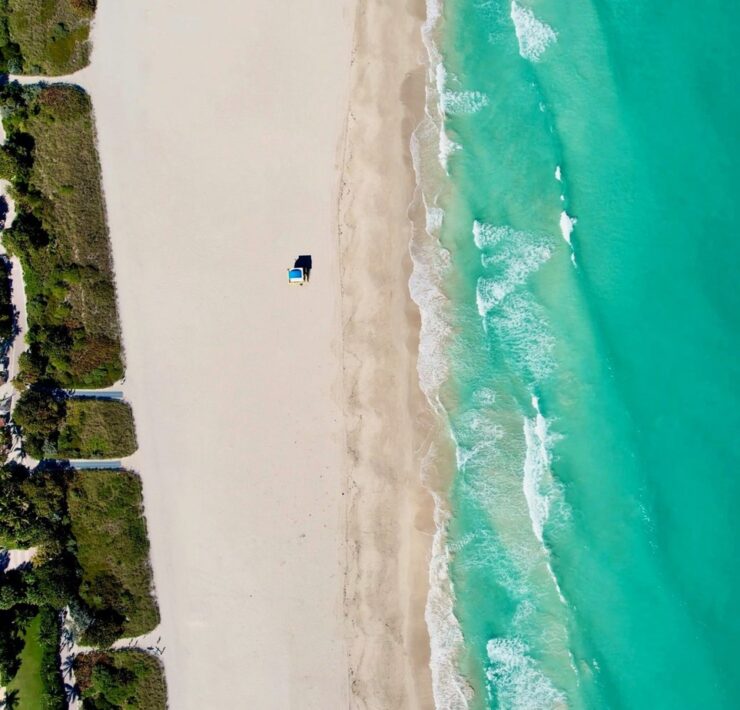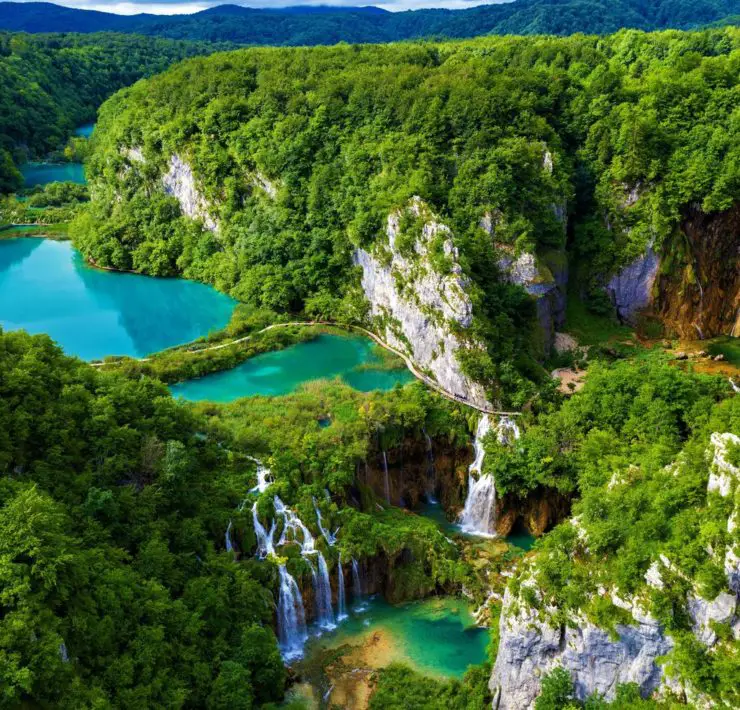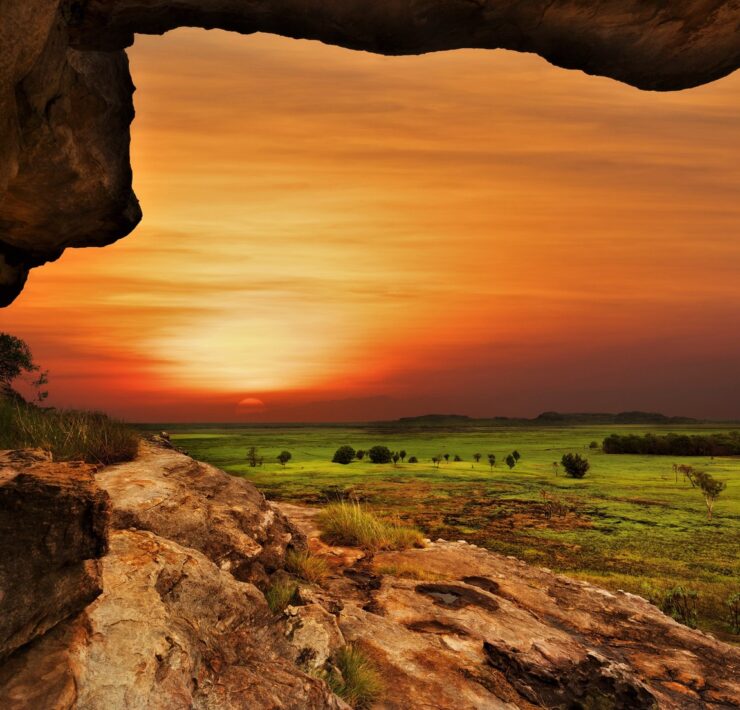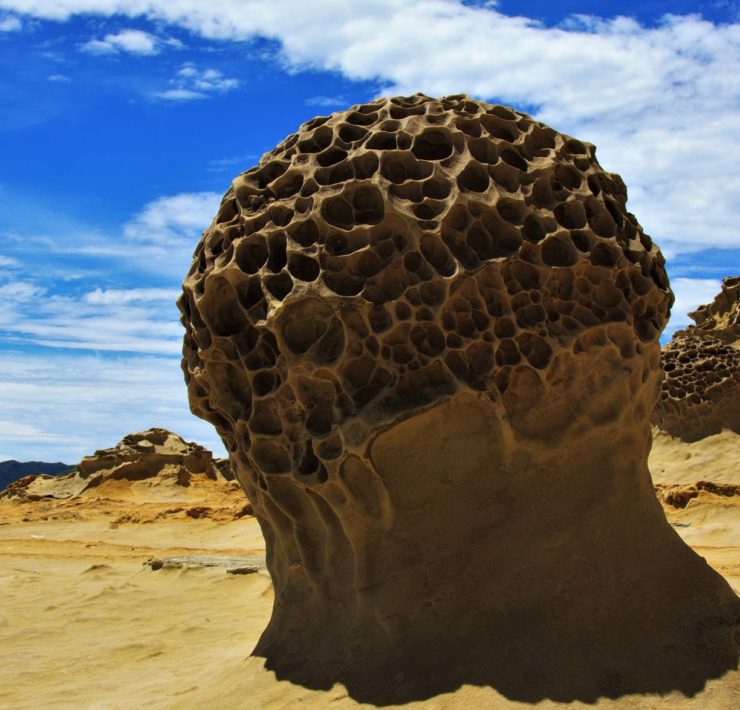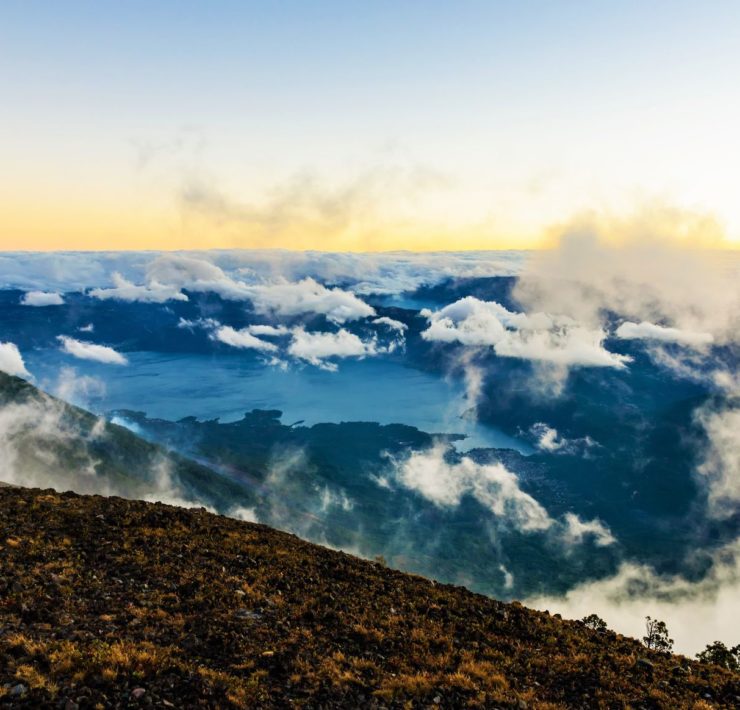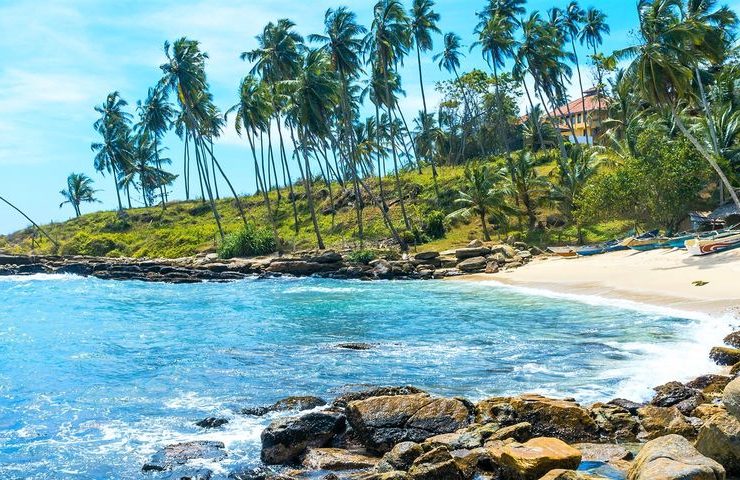In the town of Zumaia along the Basque coast, northern Spain, are two beaches that contain a geologic treasure that contains millions of years of the Earth’s history.
The Itzurun and Santiago beaches are hotspots for geologists because it houses one of the longest continuous rock strata in the world called a ‘flysch.” This flysch in Zumaia was found to have formed over a period of over 100 million years by the crashing of the waves against the cliffs. The result is an abrasion platform with alternate hard layers (limestone and sandstone) and soft layers (clay and loam). The flysch extends eastward and westward from Zumaia, stretching a total of 8 kilometers to the towns of Deba and Getaria.
Apart from the impressive rock formations, Zumaia also harbors important fossil evidences. The Cretaceous-Paleogene boundary, a rock layer that marks the end of the Mesozoic era and the extinction of non-avian dinosaurs, is found in Itzurun beach. Fossils of ammonites, ancient molluscs resemblant of the nautilus, are also found in the rock layer.
Besides its geological importance, Zumaia is a popular tourist destination offering many activities. Guided tours, surfing, scuba diving, underwater fishing, bird watching, kayaking, and bodyboarding are only some of the many recreational activities available in the vicinity.
When On Earth Magazine is for people who love travel. We provide informative travel guides, tips, ideas and advice regarding places to see, things to do, what to taste, and much more for world travelers seeking their next dream vacation destination.

